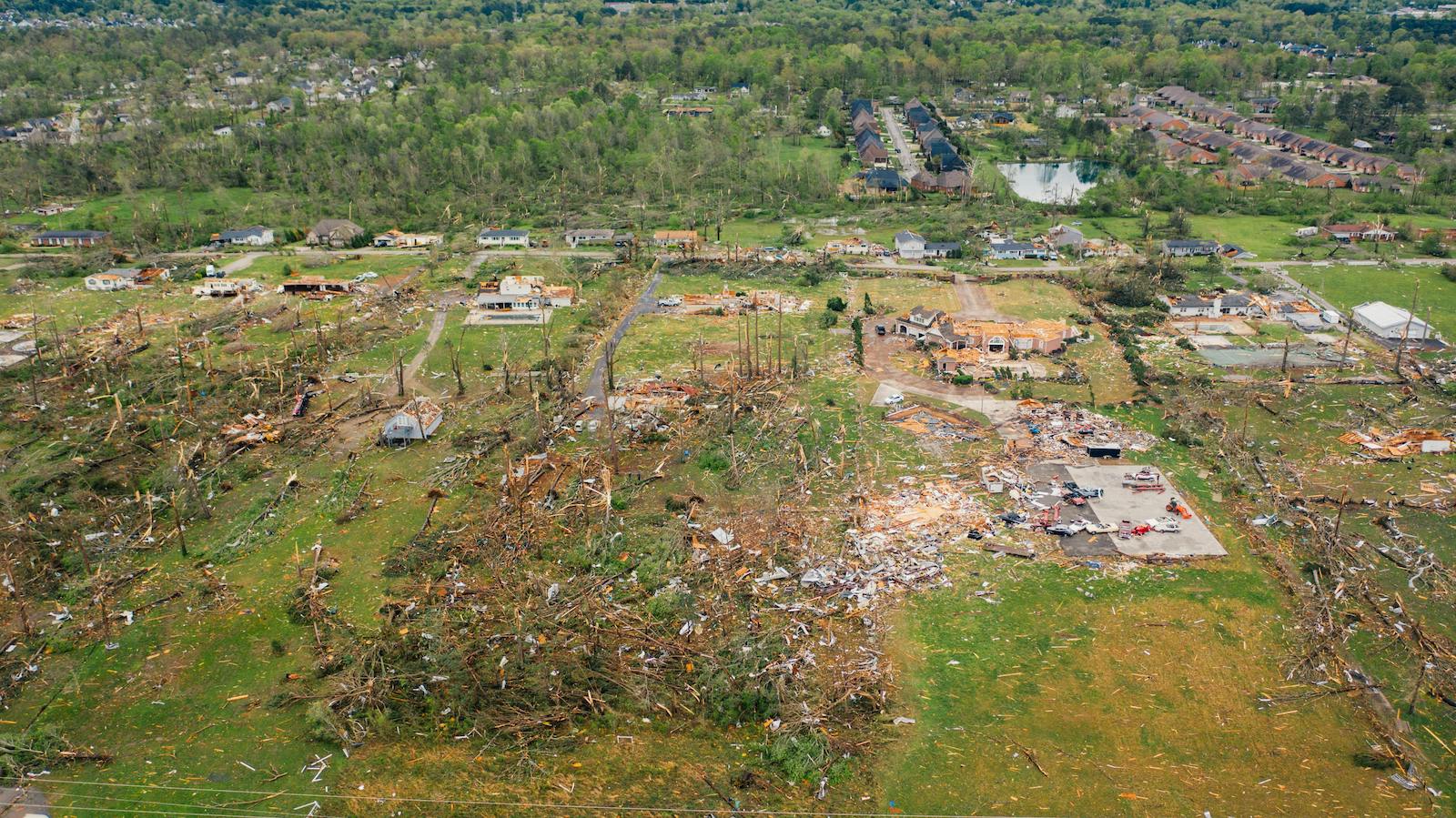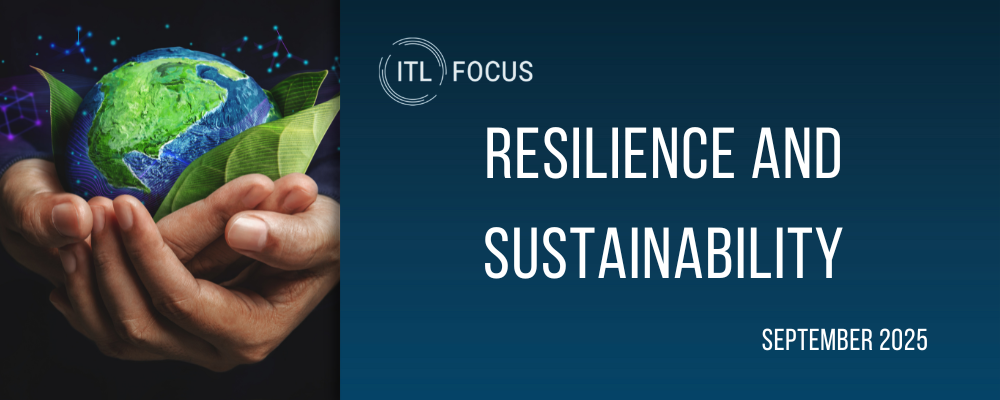The hurricane season in the Atlantic basin officially started on June 1. The last six hurricane seasons have been characterized by above-average activity, and this trend is expected to continue in the 2022 Atlantic hurricane season. To minimize losses in the event of a hurricane, businesses need to develop and implement a comprehensive crisis plan, including actions to take before, during and after a storm.
According to the latest available forecasts, the 2022 hurricane season is expected to be above the 1991-2020 average, with 14 to 21 tropical storms and six to 10 hurricanes, including three to six major hurricanes (for comparison: an above-average season would be seven to nine storms reaching hurricane strength and two to four becoming major hurricanes, which is Category 3 or higher).
Looking back, the 2021 hurricane season was the third most active season on record, as well as the third costliest after 2017 and 2005. In late August, Hurricane Ida caused widespread damage in the Caribbean before devastating the coast of Louisiana, generating record rainfall in various locations, and flash flooding in the north-east U.S., resulting in insured losses of $36 billion.
The 2021 Atlantic hurricane season saw a total of 21 named storms, of which seven were hurricanes (four reached a major hurricane status). The number of named storms well exceeded the average of 14, and the total number of major hurricanes is also slightly above the average of three.
Recent Atlantic hurricane seasons have seen the first tropical storms form before the official start date of June 1. As a result, the U.S. National Oceanic and Atmospheric Administration (NOAA) Hurricane Center has contemplated moving the start date to May 15.
The extension of hurricane activity could in some respects be attributed to the development of advanced observational technologies, which can identify weaker storms that never come close to any landmass, adding to tropical storm counts.
Another contributory factor to the extension of seasonal storm activity is likely to be higher sea surface temperatures (SSTs). Tropical storms can only form and sustain themselves for longer periods where ocean temperatures exceed 27°C. Manmade global warming has increased atmospheric temperature by 1.1°C since 1880, with most of the net excess heat stored in the world’s oceans, including the North Atlantic. This has increased the duration of hurricane-supporting SSTs as well as the geographical spread of where they might occur.
The role of climate change
While there is no clear scientific consensus on whether climate change will result in a net increase in the frequency of tropical storms, there is more certainty that high-intensity storms will become more frequent, indicating the potential for greater wind and storm surge damage. Scientists also believe that climate change will make hurricanes wetter, increasing the risk of flooding. In addition, the strength of a storm becomes harder to predict, as storms intensify in a short time. The wind speeds of Hurricane Ida increased by 55mph in the 24 hours before landfall in Louisiana.
Businesses need to prepare themselves for the prospect of another above-average hurricane season this year. Obviously, windstorms cannot be prevented from occurring. However, loss can be greatly minimized by adequate preparation before a storm arrives. The development and implementation of a comprehensive windstorm emergency plan should be a No. 1 priority for those companies that don’t already have this in place.
Businesses in exposed areas are advised to regularly update their emergency plan, which should cover areas such as training, assembling emergency supplies, business continuity, buildings inspections, anchoring or relocating equipment and stock and protecting windows.
Allianz Risk Consulting also publishes a series of risk bulletins and checklists to help you protect your people, property and business, including: Windstorm Checklist, Flood Checklist, Water Damage During Construction and Water Damage Prevention Solutions.
View the full Allianz hurricane season outlook here.








